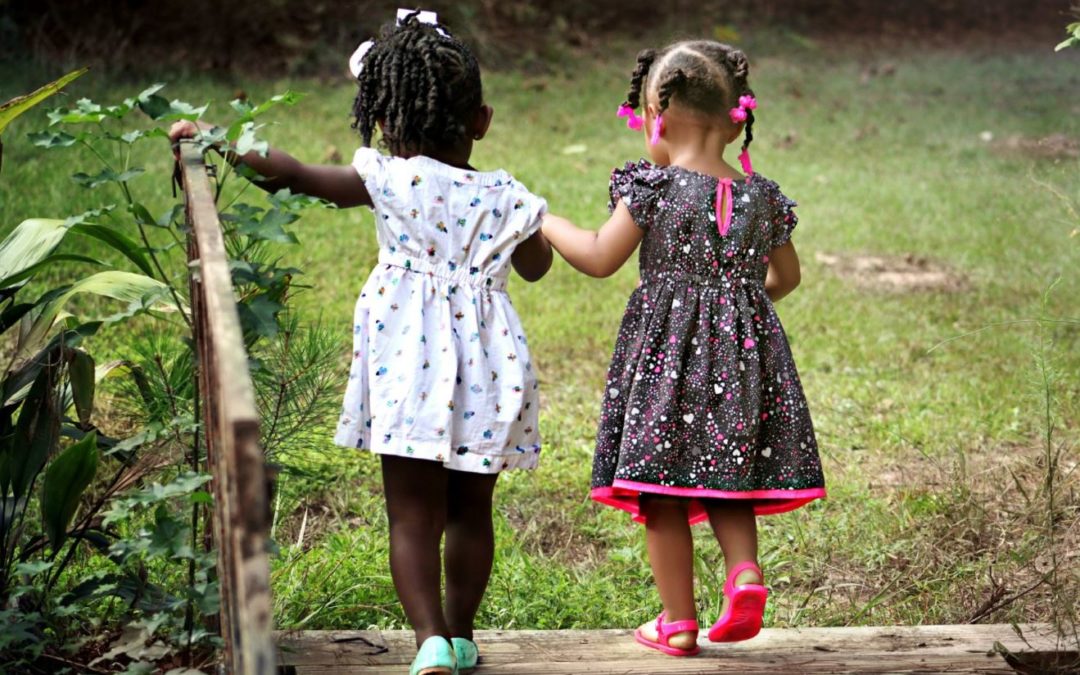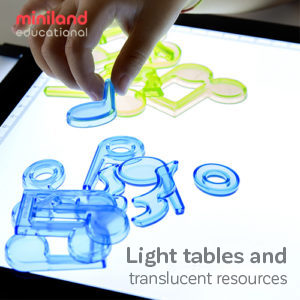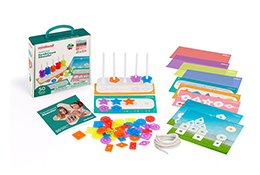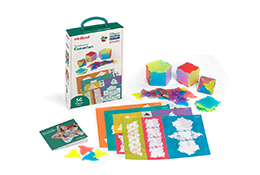You Get What You Get and You Don’t Get Upset!
We’ve all uttered those words in an effort to promote “an attitude of gratitude.”
But the reality is everyone loses their cool sometimes. It’s normal.
We all feel. . . Angry. Anxious. Sad. Overwhelmed. Frustrated. Excited. Happy. Proud. Overjoyed. Those feelings—and countless others—are all healthy emotions.
We all know that as an adult it can be hard to process mixed and complex emotions. Just imagine how overwhelming those feelings can be for a child—especially a preschooler.
It’s our job as teachers and parents to help children express, identify, and process these feelings. We have to help them understand that it’s ok to feel whatever they are feeling.
Here are three ways caregivers can help little ones navigate big emotions:
1. Express the Emotion
Whether it’s in the classroom or at home, allow the child to express the emotion. Let them cry. Let them have the tantrum. Don’t join in their chaos by yelling. Instead, share your calm. You can stay by their side and act as a coach to get them through it. Oftentimes kids, especially young toddlers, act out because they can’t process their feelings.
2. Identify the Emotion:
Once the tantrum has ceased, discuss what occurred without accusation. Encourage the child to label how they were feeling—jealous, angry, frustrated, excluded—even if they can’t quite accurately name their emotions yet. What occurred that made them feel this way? How can the child handle their reaction differently next time?Miniland USA’s Emotions Detective is a great tool for opening up a dialogue whether at home or in the classroom. This game
promotes recognition of emotions and how to deal with them by interpreting how people feel. Plus, kids will love playing detective. Ages 3 to 6.
3. Process the Emotion:
Give kids the opportunity to reflect on all types of emotions—positive and negative—through journals without judgement. For very young children, this can take the form of drawing pictures. Also, incorporate books into your routine that help convey the reflective message.
In addition to reading, playing is a great way for kids to work through their emotions. Engage in conversation using Emotiblocks by Miniland USA. Kids, ages 2-6, build characters using any one of 100 possible combinations to express any emotion they choose using the figures and activity cards. It’s great for a one on one discussion or a classroom activity.
Putting these coping mechanisms in place should bring a bit of peace to your home or classroom. But these tactics are not a short-term project. It’s a strategy that can benefit children over the course of their lifetime as their emotions and relationships grow in complexity.



